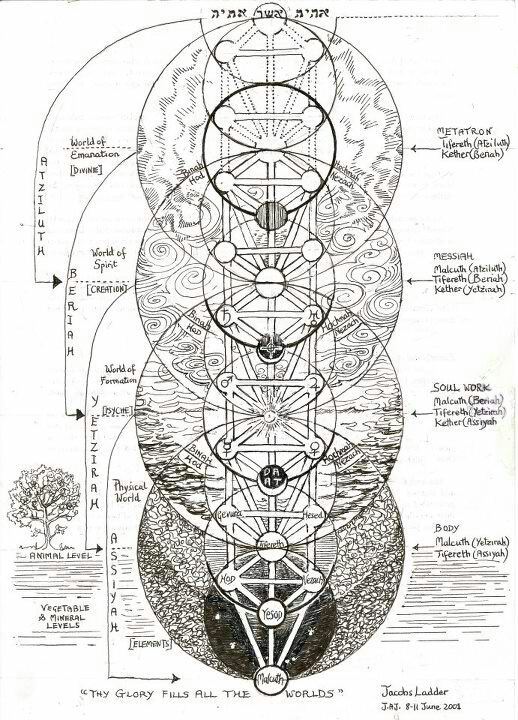In my
widow-way I held allegiance
to the pomp of heraldry.
I wore it well, my lozenge shield
garlanding the instruments of passion.
to the pomp of heraldry.
I wore it well, my lozenge shield
garlanding the instruments of passion.
My arms–
did little to protect. Bespoke dissent,
the fall
& flowering.
The
nails were thrice gilded & split
at their centers to pierce,
to give gravity
to hands & feet & heart.
at their centers to pierce,
to give gravity
to hands & feet & heart.
Would prop—
Would point to lapis, a diamond suspended there—
Would demur to that.



















































